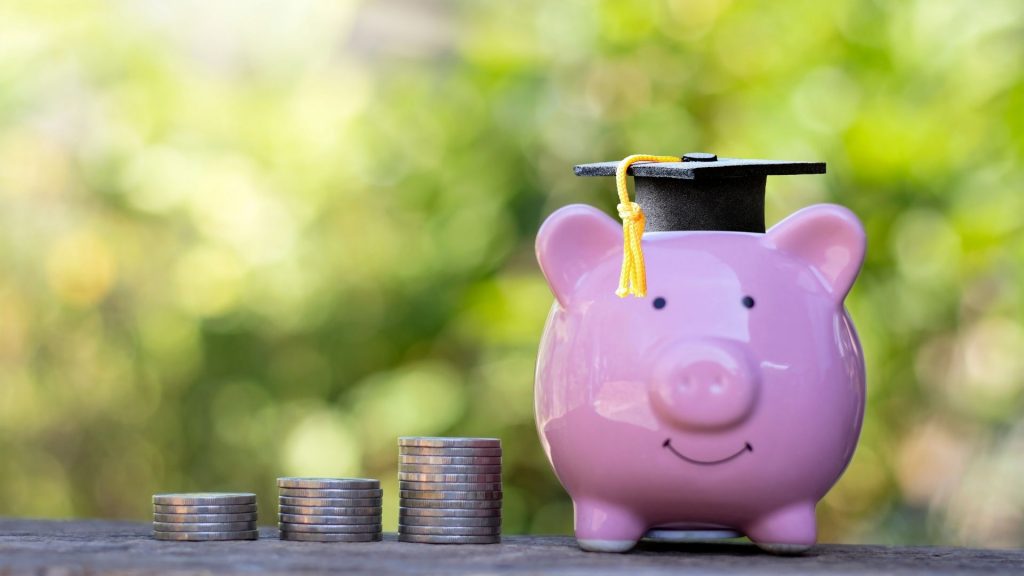Biden Admin Proposes More Flexibility For Existing Student Loan Forgiveness Programs
The Biden Administration is considering new rules for existing student loan forgiveness programs to mitigate the process.

The Biden Administration is considering new rules for existing student loan forgiveness programs. Despite the fact that students entered into binding contracts of their own free will, the effort to relieve them of their debt has continued on. Now, because of complaints that the paperwork is too lengthy and difficult for previous college students to fill out, the White House is considering overhauling the application process in order to make it easier for students to be relieved of the debt they incurred.
The Secretary of Education, Miguel Cardona commented on the “broken system,” and said that, “it shouldn’t take mountains of paperwork,” for students to receive loan forgiveness. The proposed changes have not been expressly detailed, but the process is to be simplified and expanded. While inflation rages across the nation and costs young adults more in gas, groceries, tuition, and interest rates, loan forgiveness is utilizing tens of billions in taxpayers dollars to transfer the burden of voluntary individual debt onto society at large.
How this will reduce costs and aid students who are just entering high education programs — which are charging students more while paying professors less — is unclear, but The Biden Administration claims that this will somehow lower the cost of college. In addition, it has been suggested that individuals working in public service have a clearer path to student debt loan forgiveness, and that it is also expanded to aid disabled students who are struggling financially. This would be achieved by “broadening” how disability eligibility is classified in order to allow for more statuses to be recognized under this protection.
One of the main bipartisan efforts throughout the loan forgiveness debacle has been aiding students who were taken advantage of by predatory colleges, or those that falsely certified a student’s loan. As some institutions have committed fraud against young adults, loan forgiveness in those cases is often applauded by individuals on all sides being that many of those students paid to obtain a quality education and never received one but may still be paying for the fraudulent fees. It has also been proposed that interest capitalization must be eliminated in order to protect students from ballooning debt.
While many Americans have varying ideas of loan forgiveness and if, or how it should be executed, 1.5 million students have already had the debt cleared by the Biden Administration. In order to ensure that these programs work properly and do not cost taxpayers more than they can pay, regulations must be updated to reflect the modern woes of the time. Whether these programs support future workers or encourage lax consequences that may have lasting-effects on the legality of loan documents the proposed regulations are set to be released in the near future and open to public comments.

Based on the responses given, the plans may be changed due to consensus suggestions or opposition. The Department of Education is planning to finalize the details in November. New regulations will be implemented for these new student loan forgiveness rules within a year, ensuring that they are active by July of 2023.



